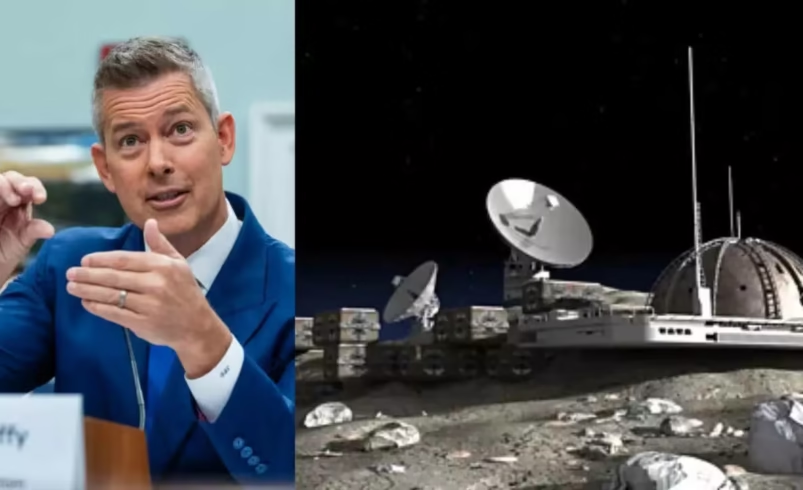NASA’s Ambitious Moon Reactor Project Targets 2030 Amidst China-Russia Lunar Competition
- August 5, 2025
- 0

NASA is setting its sights on a groundbreaking project to establish a nuclear reactor on the Moon by 2030. This ambitious initiative, spearheaded by Sean Duffy, aims to secure energy independence for future lunar missions. The proposed 100-kilowatt reactor is designed to power lunar habitats and facilitate resource extraction, marking a significant step in sustainable space exploration.
The United States’ plan to build a nuclear reactor on the Moon is not just about technological advancement; it is also a strategic move in response to the growing lunar ambitions of China and Russia. Both nations have expressed intentions to establish their own lunar bases, prompting NASA to accelerate its efforts in maintaining a competitive edge in space exploration.
The nuclear reactor will play a crucial role in powering future lunar habitats. By providing a reliable energy source, it will enable long-term human presence on the Moon. This development is essential for supporting astronauts and conducting scientific research, as well as for extracting valuable lunar resources that could be used for further space missions.
In addition to its lunar reactor plans, NASA is also preparing for the eventual replacement of the International Space Station (ISS). As the ISS approaches the end of its operational life, NASA is looking to private companies to develop new space stations that can continue supporting international collaboration and research in low Earth orbit.
NASA’s strategy includes awarding contracts to private companies for both the lunar reactor project and the development of new space stations. This collaboration with the private sector is expected to drive innovation and reduce costs, ultimately accelerating progress in space exploration. The success of these initiatives could pave the way for more ambitious projects beyond Earth’s orbit.